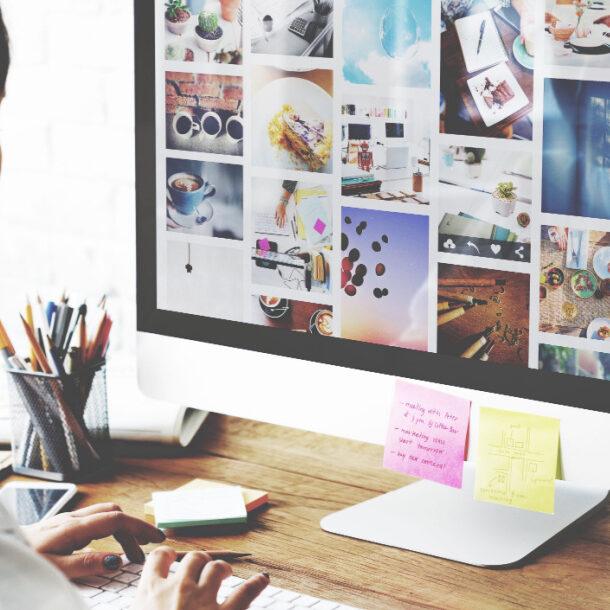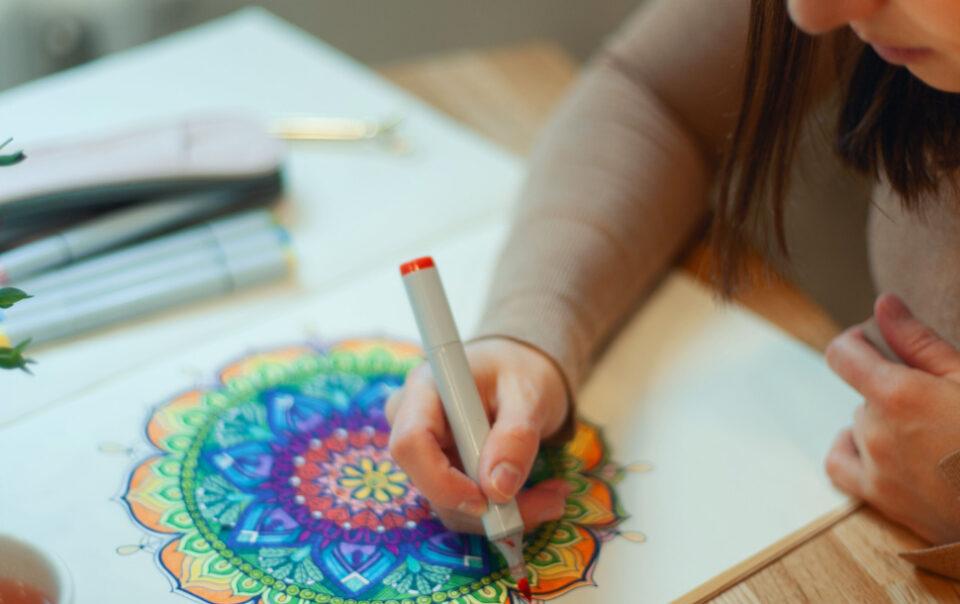
Visual journaling is a unique form of self-expression that combines words, images, and other artistic elements. It allows you to process your thoughts, emotions, and experiences creatively and therapeutically. Visual journaling has been found to have numerous mental health benefits, including reducing stress and anxiety, improving self-awareness and self-esteem, and promoting overall well-being.
One of the primary benefits of visual journaling is its ability to reduce stress and anxiety. Creating something visually stimulating can be a form of meditation, allowing individuals to focus their minds and alleviate racing thoughts. Additionally, the act of putting one’s thoughts and emotions onto paper can be a cathartic experience, helping to release pent-up feelings and reduce tension.
Visual journaling can also help you better understand yourself and your emotions. By representing your thoughts and experiences visually, you can gain new insights into your thinking and behavior patterns. This increased self-awareness can lead to better decision-making and improved relationships with others.
Another benefit of visual journaling is its ability to improve self-esteem. Creating something beautiful and meaningful can be a powerful reminder of one’s creativity and talent. It can also be a way of celebrating one’s accomplishments and growth, helping to build confidence and self-worth.
Visual journaling can also be a tool for processing trauma and challenging experiences. By visually representing your experiences, you can begin to make sense of them and find new coping methods. This can be especially helpful for those who struggle with traditional talk therapy, as it provides a more tangible and concrete way of exploring and expressing difficult emotions.
In addition to its therapeutic benefits, visual journaling can be fun. It allows individuals to experiment with different art techniques and mediums and express themselves authentically and uniquely. This can be especially helpful for those who struggle to express themselves through traditional forms of communication, such as writing or speaking.
Getting started with visual journaling is easy, and there are no rules or expectations for how it should look or what it should include. Some individuals may choose to use a traditional journal or sketchbook, while others may prefer to use digital tools such as drawing apps or graphic design software. Regardless of the medium, the key is allowing oneself to create without judgment or criticism.
One way to get started with visual journaling is to set aside a designated time each day or week to work on it. This can be as little as 15 minutes a day or as much as an hour or more. Making it a regular habit is essential, as consistency is key when reaping the mental health benefits of visual journaling.
Another way to get started is to experiment with different art materials and techniques. Some popular mediums for visual journaling include watercolors, colored pencils, markers, and collages. By trying different materials and methods, you can discover what works best for you and what feels most authentic to your unique style.
Visual journaling is a powerful tool for promoting mental health and well-being. By combining words, images, and other artistic elements, individuals can reduce stress and anxiety, improve self-awareness and self-esteem, process trauma and challenging experiences, and enjoy the creative process. Whether using traditional or digital tools, visual journaling is a versatile and accessible form of self-expression that anyone can benefit from.
Are you looking for more inspiration? Check out our online classes here.

Hi! I'm Terri Altschul
Visual Journaling is a soulful, transformational, and healing process. My aim is to support your journey of individuation and personal growth through this unique process of self-inquiry + art materials. I look forward to meeting you!
Join my email list for inspiration and soul guidance.
We are delighted to invite you on a journey of self-discovery, personal growth, and creative expression where transformational coaching and captivating visual journaling converge!






